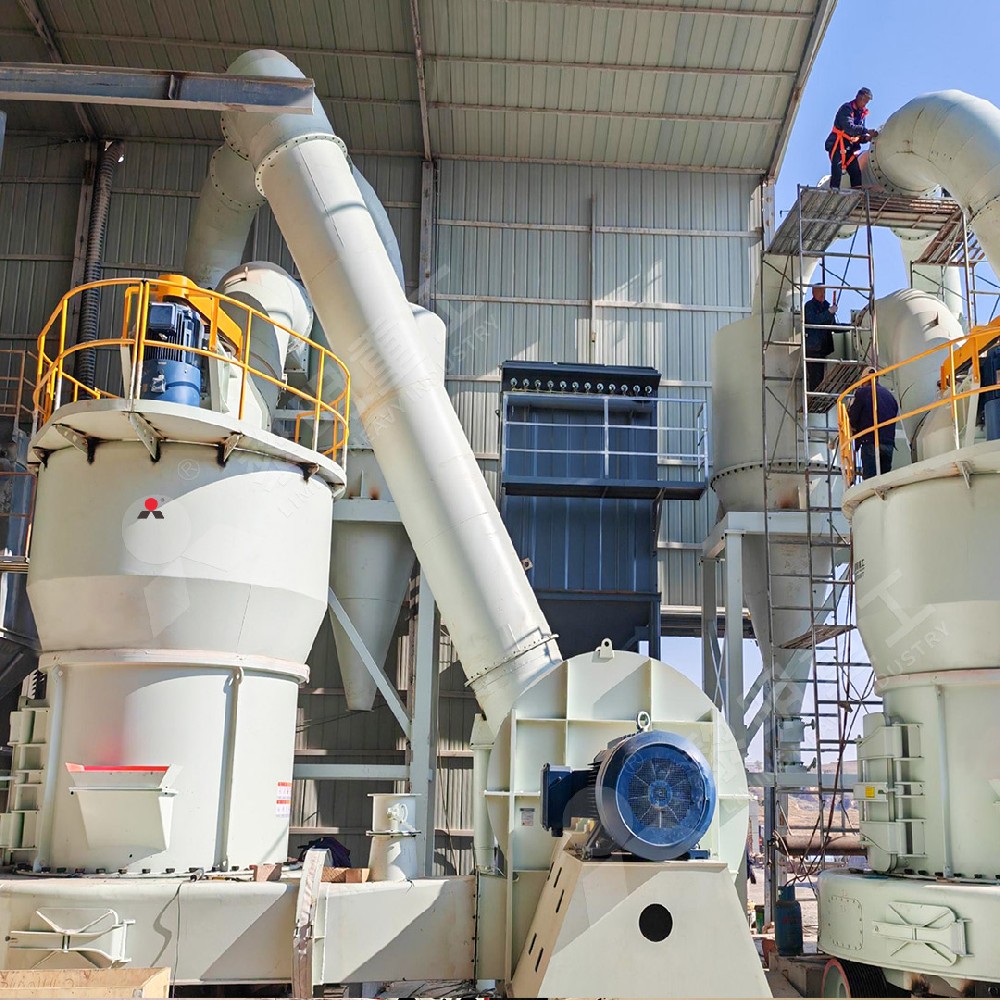325-Mesh Calcium Carbonate Grinding Mill in South Africa
In South Africa's competitive industrial minerals sector, producing high-quality 325-mesh calcium carbonate powder efficiently is paramount for profitability. The 325-mesh specification (approximately 44 microns) is a critical size for applications in plastics, paints, sealants, and adhesives, demanding consistent fineness and high throughput. Optimizing your grinding mill is not just about running the machine; it's about implementing a holistic strategy to maximize productivity and minimize operational costs.
The first step towards optimization begins with selecting the correct mill type. For grinding calcium carbonate to 325 mesh, Raymond Mills (Vertical Roller Mills) and Ball Mills are common choices. Raymond Mills are generally more energy-efficient for this medium-fineness range, offering lower power consumption per ton. Modern Raymond Mills feature advanced classifier systems that allow for precise control over the final product's fineness, ensuring a consistent 325-mesh output with minimal oversize or undersize particles.

Beyond selection, daily operational parameters are crucial. The feed size of the raw calcium carbonate is a primary factor. Pre-crushing the material to a uniform, smaller size (e.g., below 20mm) significantly reduces the grinding load, leading to higher capacity and lower wear on grinding rollers and rings. Furthermore, controlling the moisture content of the feed material is essential. Excess moisture can lead to clogging, reduced efficiency, and poor powder fluidity. Ideally, material should be dried to below 1% moisture before entering the mill.
A proactive maintenance schedule is the backbone of sustained productivity. Key wear parts like grinding rollers, grinding rings, and classifier blades must be regularly inspected and replaced. Worn parts not only decrease milling efficiency but also cause fluctuations in product fineness. Implementing a planned maintenance program based on operational hours and material abrasiveness prevents unplanned downtime and ensures the mill operates at its designed capacity.
Finally, integrating a modern, automated control system can revolutionize your operation. These systems continuously monitor amperage, temperature, and pressure, automatically adjusting the feed rate to maintain optimal loading. This prevents both under-grinding and overloading, stabilizing the entire process and freeing up operators to focus on quality control. For any South African producer aiming to lead in the calcium carbonate market, optimizing their 325-mesh grinding mill through these integrated strategies is a proven path to superior productivity.

FAQ
What is the most suitable type of mill for grinding 325-mesh calcium carbonate in South Africa?
The Raymond Mill (or Vertical Roller Mill) is often the most suitable choice due to its energy efficiency, precise classification, and ideal performance for medium-fineness powders like 325-mesh. Ball mills can be used but are typically less efficient for this specific application.How does the feed size affect the grinding efficiency?
A smaller, uniform feed size (e.g., 15-20mm) drastically reduces the energy and time required to achieve 325-mesh fineness. It decreases wear on grinding components and increases the mill's overall throughput.What moisture content is acceptable for the raw material?
Ideally, the moisture content should be below 1%. High moisture causes material sticking, clogging in the grinding chamber, and inefficient classification, leading to lower output and potential operational issues.Why is my mill's output of 325-mesh powder becoming inconsistent?
Inconsistent output is often a sign of worn grinding components (rollers/rings) or a damaged classifier. It can also be caused by fluctuations in feed rate or feed size. Regular inspection and maintenance of these parts are essential.Can automation really improve my mill's performance?
Yes. An automated control system optimizes the feed rate in real-time based on the mill's motor load, ensuring it runs at peak capacity without being overloaded. This maximizes output, conserves energy, and produces a more consistent product.





